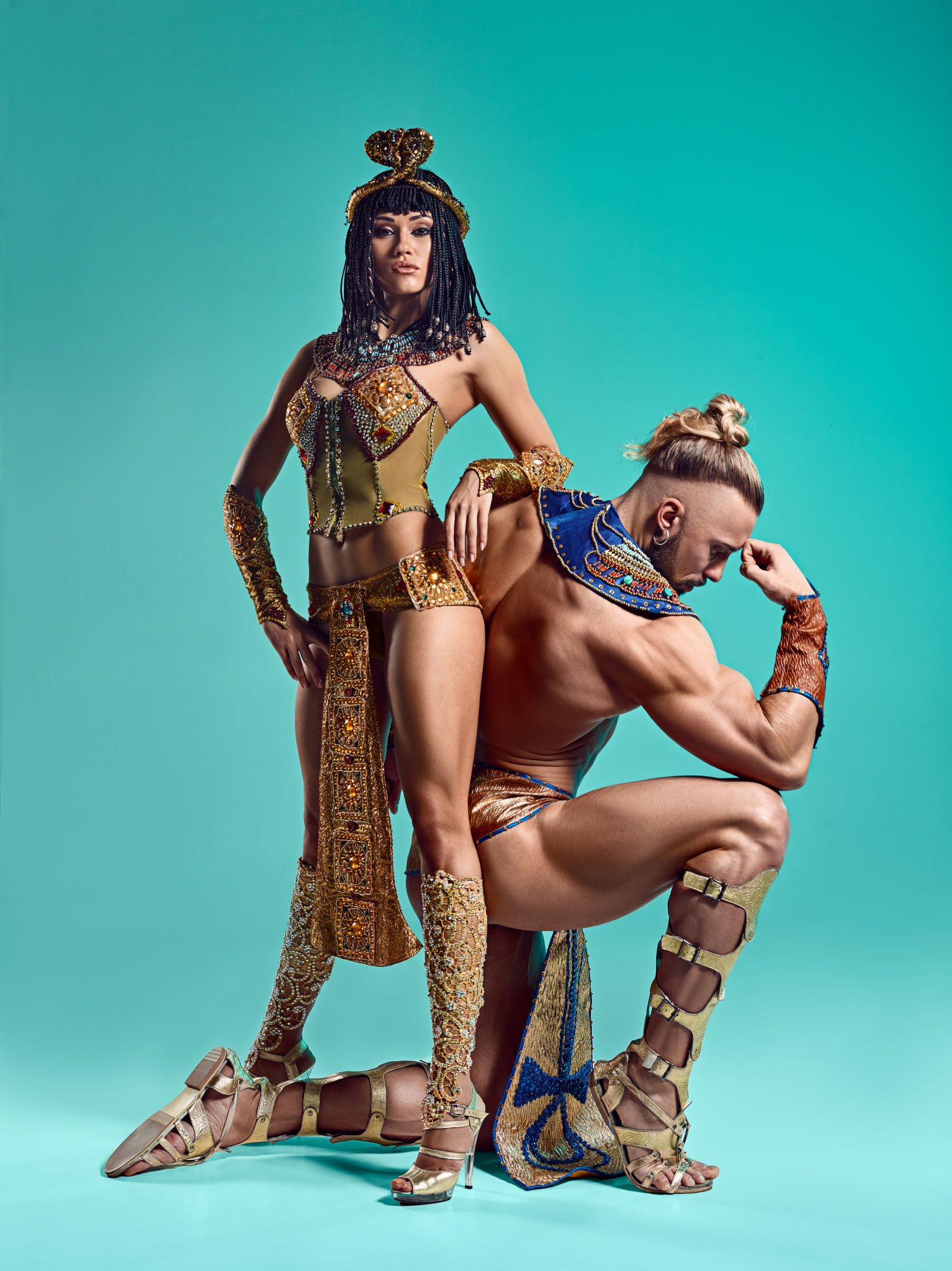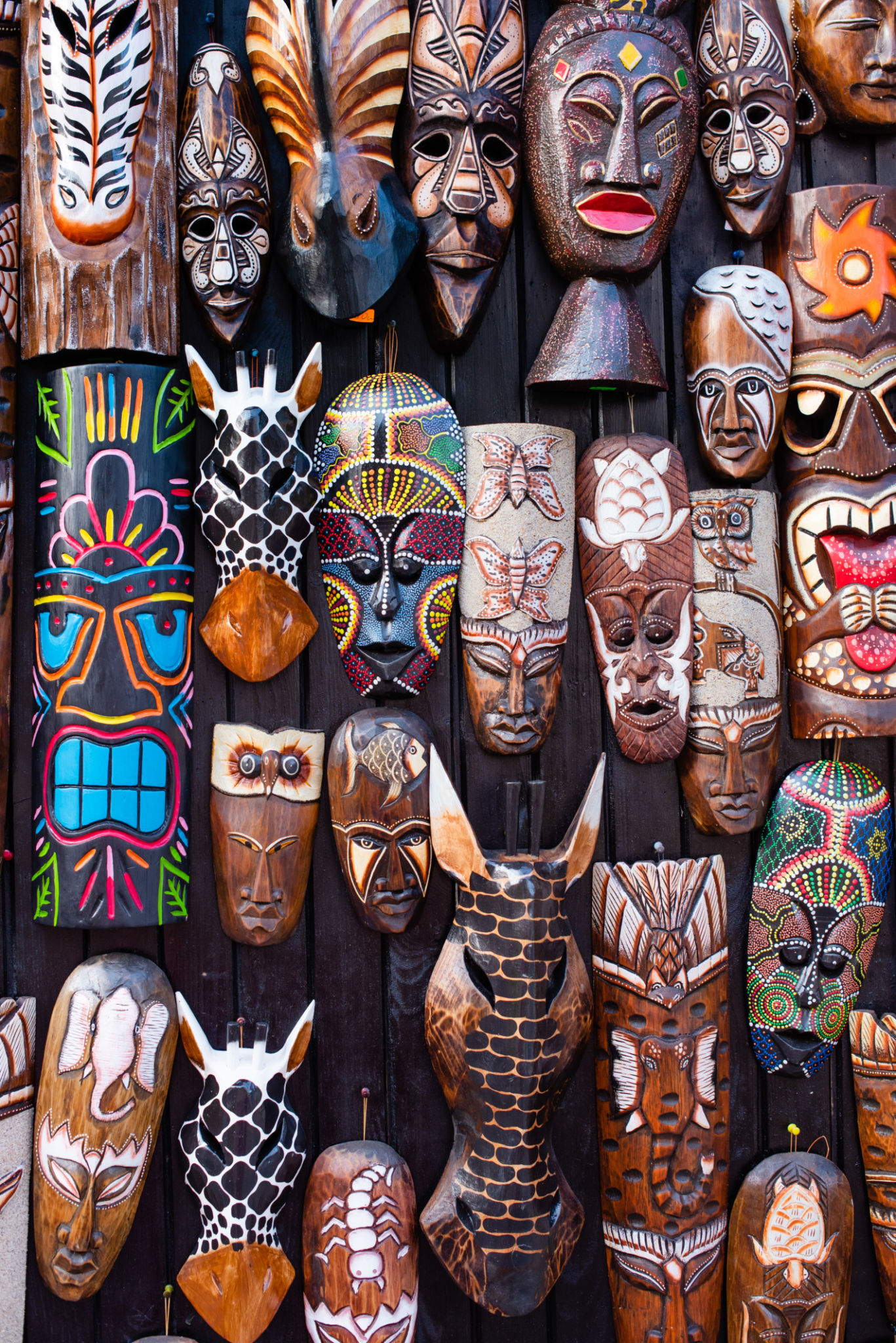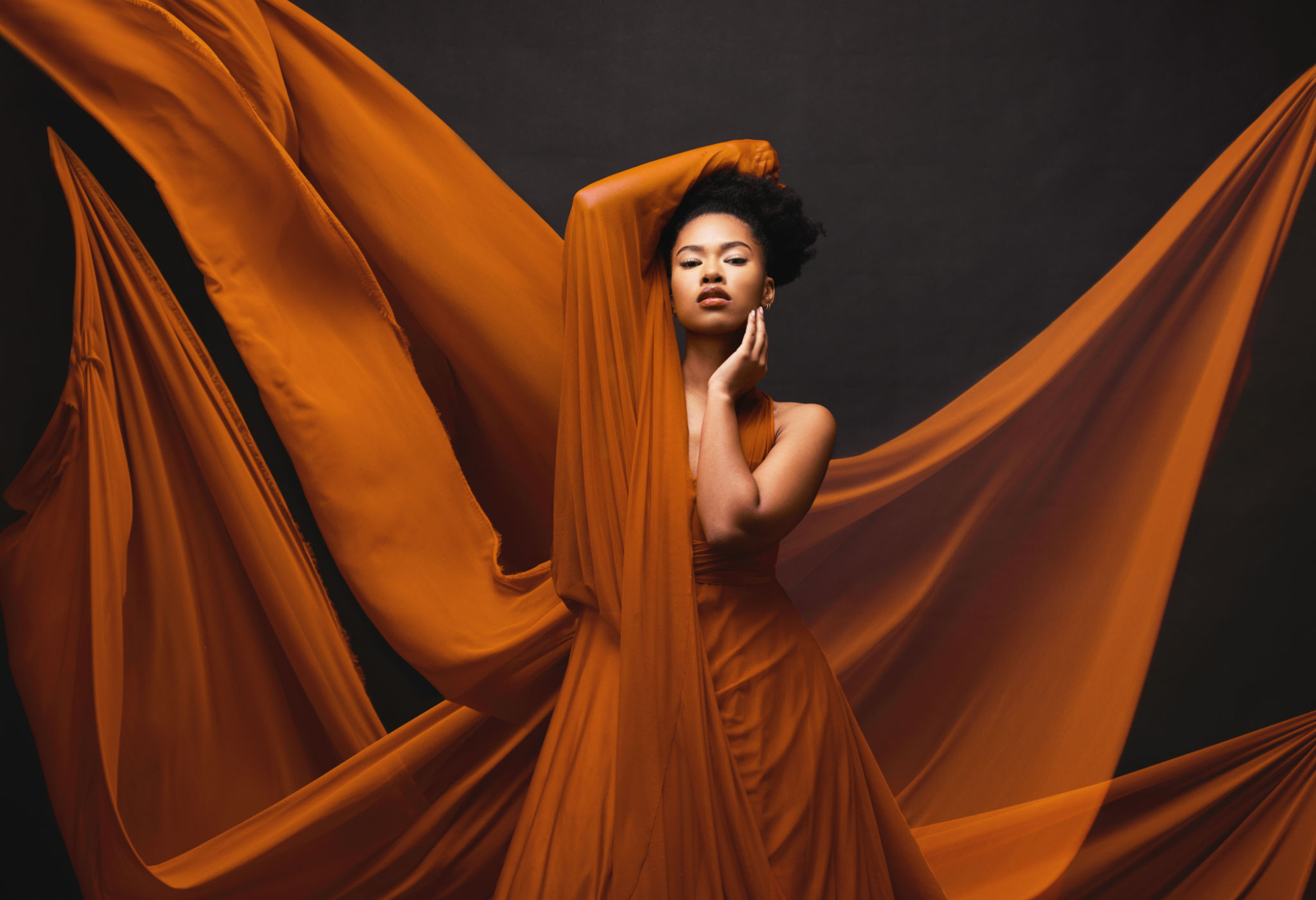Behind the Masks: The Stories and Symbols of African Masquerades
Introduction to African Masquerades
Masquerades are a vibrant and integral part of many African cultures, serving as a bridge between the physical and spiritual worlds. These fascinating performances involve elaborate costumes and masks that embody various deities, spirits, or ancestors. They are not just spectacles but carry deep cultural significance and often play a role in ceremonies, rites of passage, and community gatherings.
Across the African continent, masquerades symbolize the rich tapestry of tradition and heritage. Each mask and performance tells a story, offering insights into the values, beliefs, and histories of different communities.

The Symbolism Behind the Masks
In African masquerades, masks are much more than decorative pieces; they are powerful symbols. The designs, colors, and materials used in these masks often reflect specific cultural meanings. For instance, some masks are believed to possess the power to communicate with the spiritual realm, acting as conduits for ancestral wisdom.
Masks can represent a wide array of themes, such as fertility, protection, or social order. They may also depict animals or mythical creatures, each chosen for its symbolic attributes. The use of animal imagery often signifies specific traits like strength or cunning that the community values.
Materials and Craftsmanship
The craftsmanship involved in creating these masks is an art form passed down through generations. Artisans use materials such as wood, fabric, beads, and feathers to construct these intricate pieces. The choice of material is not arbitrary; each element is selected for its symbolic significance and its ability to endure the energetic performances of the masquerade.

Cultural Significance and Social Roles
Masquerades are deeply embedded in the social fabric of communities. They serve as educational tools, teaching younger generations about societal norms and values. Through the dramatization of folklore and moral tales, masquerades help reinforce community ethics and collective memory.
Furthermore, these performances often play a vital role in conflict resolution and social cohesion. By bringing people together in a shared cultural experience, masquerades help to maintain harmony within the community.

Masquerades Across Different Cultures
While masquerades are a common cultural practice throughout Africa, each region has its unique style and interpretation. For example:
- The Yoruba of Nigeria celebrate with Egungun masquerades to honor their ancestors.
- The Dogon people of Mali use masks to tell their creation stories during the Dama ceremony.
- The Bwa people of Burkina Faso are known for their plank masks adorned with vivid geometric patterns.
These variations highlight the diversity and richness of African cultures, each contributing its unique narrative to the broader tapestry of masquerade traditions.
Preservation and Modern Influence
In today's rapidly globalizing world, there is a growing interest in preserving these traditional practices. Many African communities strive to maintain their masquerade customs while adapting them to contemporary contexts. This balance ensures that the stories and symbols behind the masks continue to resonate with future generations.
Additionally, African masquerades have increasingly influenced modern art and fashion worldwide. Designers and artists draw inspiration from the vibrant colors and intricate patterns of traditional masks, showcasing their beauty and cultural significance on global platforms.

Conclusion
African masquerades are more than just cultural performances; they are a testament to the rich heritage and enduring spirit of African communities. Through their stories and symbols, these masquerades offer a glimpse into the values that have shaped societies for centuries. As interest in these traditions grows, so too does the opportunity to celebrate and preserve this vital aspect of African culture for generations to come.
